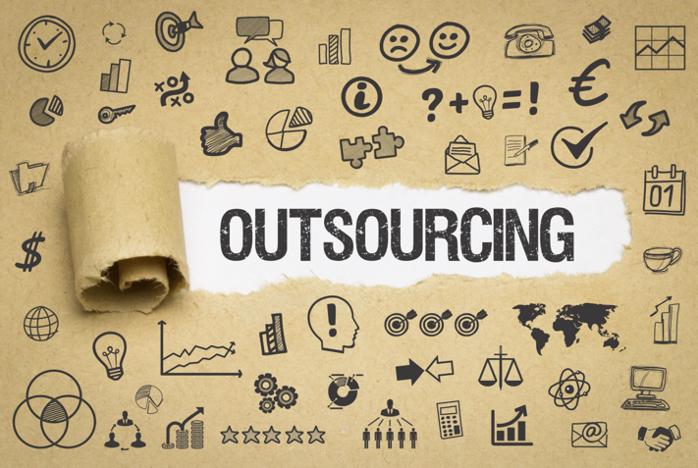Recognizing and Mitigating Hazards in the Workplace

In 2021, there were 4,472 work-related deaths in the United States. This statistic is a 9% increase from 2020, when rates rose from 3.0 per 100,000 workers to 3.1.
As unpleasant as those statistics may sound, there are ways to mitigate them. There may not be ways to avoid hazards in the workplace completely, but we can do our best to have as little as possible.
Below are some safety practices you can use to make your job a more secure workplace. Read on if you’d like to know how to eliminate workplace hazards.
Gather Information About Existing Hazards in the Workplace
OSHA’s guide to removing workplace hazards says first to gather information about preexisting risks. There are three primary sources at your disposal:
- Hazard assessments
- Accident reports
- Worker testimony
Hazard assessments identify and resolve health and injury risks on the job. An accident report logs injuries and illnesses caused by workplace dangers. Accident reports also log “near misses” or would-be accidents.
Some people may overlook worker testimony in favor of recorded events. Don’t make that mistake. Frontline workers will likely know more than most about the risks they face.
You can also check your region’s occupational health and safety laws for what counts as a “workplace hazard.” For example, Canadian workplaces would consult Certificate of Recognition (COR) rules and regulations.
Inspect the Workplace for Hazards
Your next step is to search for new safety hazards that may appear. These unknown risks could happen thanks to regulatory changes or new tools, materials, or supplies.
It may be helpful to inform all employees of recent safety inspections so they can be on the lookout. Putting together a list of potential dangers is also a good idea. For example, tell your colleagues to report hazards related to:
- Slips
- Trips
- Falls
- Housekeeping issues
- Ergonomic difficulties
Once you have a list of all potential and existing hazards, begin working on corrective solutions. Remember to schedule regular checks for all equipment also. Safety measures won’t work if your equipment isn’t up to par.
Have Training Sessions for Safety Practices and Gear
Once you’ve identified and resolved the hazards in the workplace, you need to ensure they don’t become problematic again. The best way to do this is to train employees to use your new safety practices.
It’s easy to fall into patterns. Meet and discuss what not to do and why new safety measures exist. You should also hold training sessions for any new gear you’ve issued.
You can find prearranged courses online if your workplace can’t accommodate these sessions.
For example, here’s a link to respiratory protection training online. It meets the OSHA requirements for respiratory PPE.
Reduce Your Risk of Workplace Hazards
The most significant part of controlling hazards in the workplace is recognizing them. Go through old accident reports and hazard assessments to find potential risks.
Once you’ve found all the old risk factors, inspect for new ones. Now that you’ve located all the hazards, implement new safety practices and train employees to stay safe.
If you found this information helpful, try another of our various business articles. There’s plenty more to read on our website!




